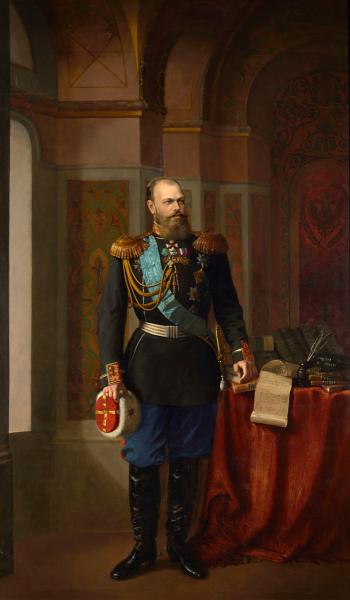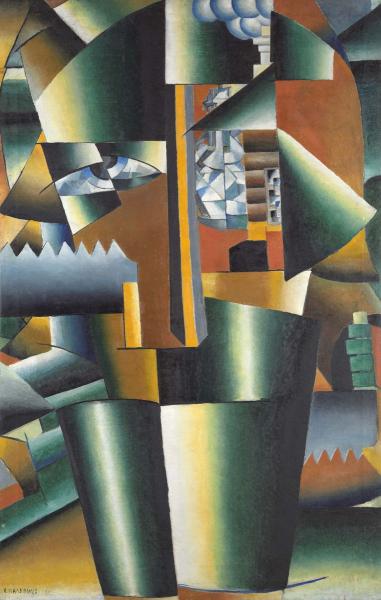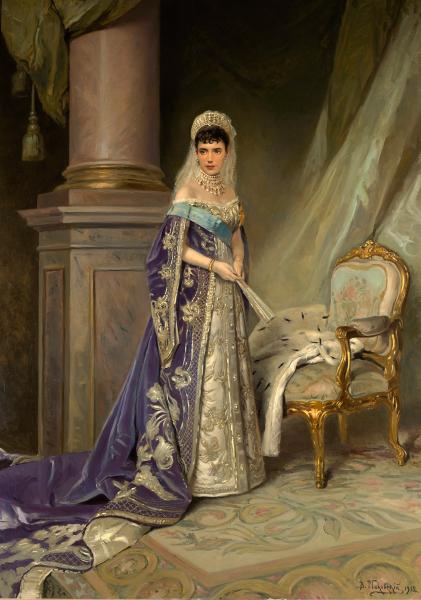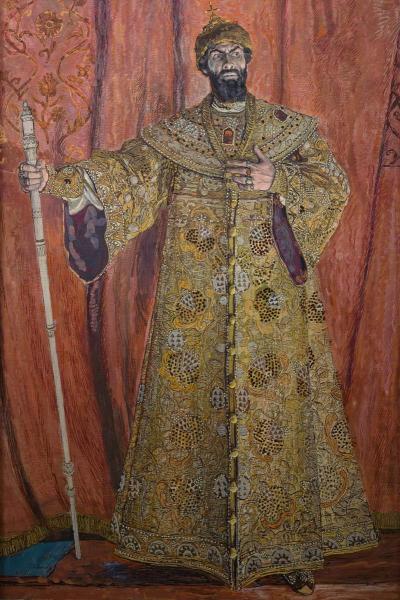The artist is Bogatsky

Alexander III Aleksandrovich (February 26 / March 10, 1845, St. Petersburg − October 20 / November 1, 1894, Crimea) − The second son of Emperor Alexander II and Empress Maria Alexandrovna. Before the death of his older brother Nikolai (1865) was not the heir to the throne and was preparing for a military career. He joined the throne in March 1881 after the tragic death of his father killed by terrorists. He pursued a conservative domestic policy, which was determined by his intention, securing the positive results of liberal reforms, to prevent the onset of revolutionary chaos in Russia. Russia’s foreign policy was distinguished by peacefulness and made it a guarantor of international security. Was a passionate collector of works of art. His collections form the basis of the Russian Museum of Emperor Alexander III in St. Petersburg. Reigned from March 1/13, 1881 to October 20 / November 1, 1894.
The 400th anniversary of the Romanov house. SPb, 2013. With. 109.
Alexander III (1845–1894) – Russian emperor, second son of Alexander II and Maria Alexandrovna. Not being born by the heir, he was preparing mainly for military activities. Tsarevich became after the death of his elder brother Nikolai in 1865. The most influence on the heir and during the years of his reign chief prosecutor of the Holy Synod Konstantin Petrovich Pobedonostsev. After joining the throne, as a result of the murder of his father, he held a number of so -called counter -reforms. Strengthened the role of the police, local and central administration, censorship, limited the functions of zemstvos, abolished university autonomy. After the completion of Central Asia’s accession to Russia in 1885, all the time of the reign of Alexander III was a peaceful character, as a result of which he was called a peacekeeper in pre -revolutionary literature. Among the subjects of his hobby were history, painting, music – the emperor belonged to the initiative to create a Russian historical society, his name was assigned to the first state assembly of the domestic fine and applied art – the Russian Museum, founded in 1895 and open to the public in 1898.


